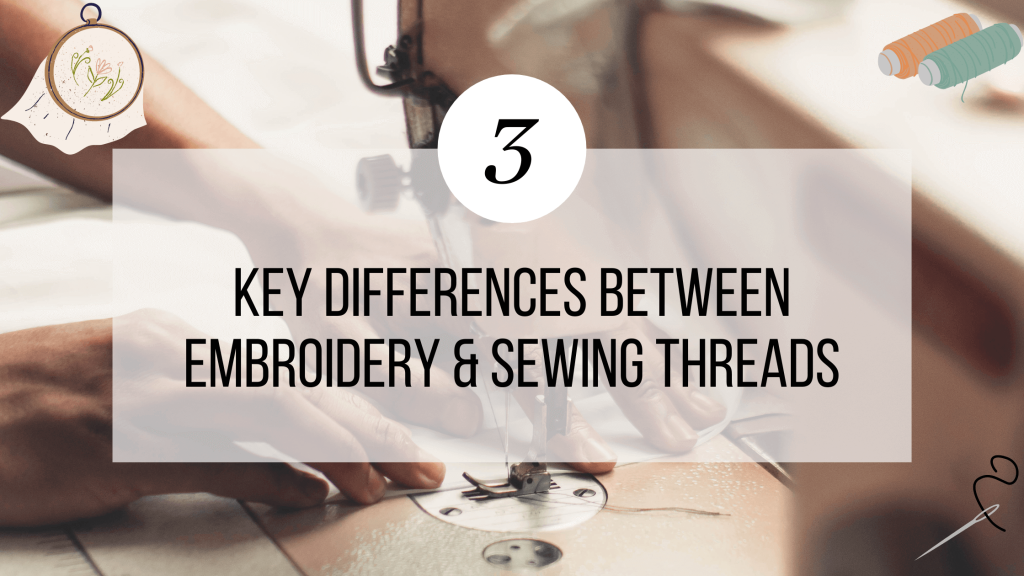Clothing has evolved beyond just a primary necessity. Today, clothes have become an essential part of fashion. That’s what gave birth to creating various types of threads that are used for multiple applications. Sewing and embroidery are two popular applications that require special types of threads. Every stakeholder in the textile industry must be familiar with how embroidery threads are different from sewing threads.
Whether you are a thread manufacturer, supplier, wholesaler, distributor or fashion designer, having a distinct understanding of threads helps you master your craft and enhance your profits in the market. To help you with that, here are three key differences between embroidery thread and sewing thread that you must know.
Purpose
One of the major differentiators between the two types of thread is the purpose they are used for. As the name suggests, the embroidery thread is specially manufactured for embroidery purposes. Its structure and textures allow a more effortless and smoother embroidery experience.
On the other hand, the prime applications of sewing thread are sewing and darning. Sewing threads are specially made with thin yarn strands with higher tensile strength so they won’t break during the sewing process. Sewing involves creating patterns that hold multiple pieces of fabric together to make a whole clothing article. The process requires the machine to pass through the fabric hundreds of times, which affects the thread’s integrity, and the higher temperature caused by friction can break the thread. Knowing this, sewing thread manufacturers ensure higher structural integrity by manufacturing only high-quality sewing threads. The darning process is similar to sewing, but instead of stitching multiple fabric pieces together, it involves using the sewing thread to repair rips and holes in the clothing.
Manufacturing Process
The manufacturing process of both the threads is different as well. Embroidery threads are made from soft 2-ply threads with a higher sheen. Rayon and polyester are two primary materials used for manufacturing embroidery threads. As the embroidery threads are used for visually striking designs, the embroidery thread manufacturers ensure the thread maintains its colour, consistency and texture for longer. The embroidery thread suppliers often sell embroidery threads in bulk quantities.
A wide variety of materials is used for manufacturing sewing thread. Depending on the end purpose, the material can vary in strength, thickness and texture. Most sewing threads are made of polyester, cotton, wool, rayon and silk. The sewing thread suppliers offer a wide range of options varying in colour, materials and purpose. That means you can easily find a sewing thread for sewing a particular fabric such as cotton, silk or denim.
Thread Size
One of the major differences between the two is the thread size. The thread size affects the thread’s durability and heaviness. The Thread size is numbered from 100 to 12, where 100 indicates the thinnest size while the 12 is the thickest. The larger the thread size, the thinner the thread. Don’t let the size confuse you. The sewing thread used for sewing clothes is generally of size 50 and is thinner than embroidery thread. As embroidery threads are used for creating appealing patterns and designs on the fabric, they are thicker than sewing thread and stand at the size of 40.
In the same way, polyester threads and yarns are different as well. Polyester threads are made from synthetic fibers and used for sewing by hand or machine. On the other hand, yarns are used for knitting, crocheting and weaving.
If you are looking for any type of thread for domestic or commercial work, we can help you find the right quality, price and type of thread at the right wholesale price. You can rely on our decades of experience in manufacturing a wide variety of threads and be assured of superior thread quality.


